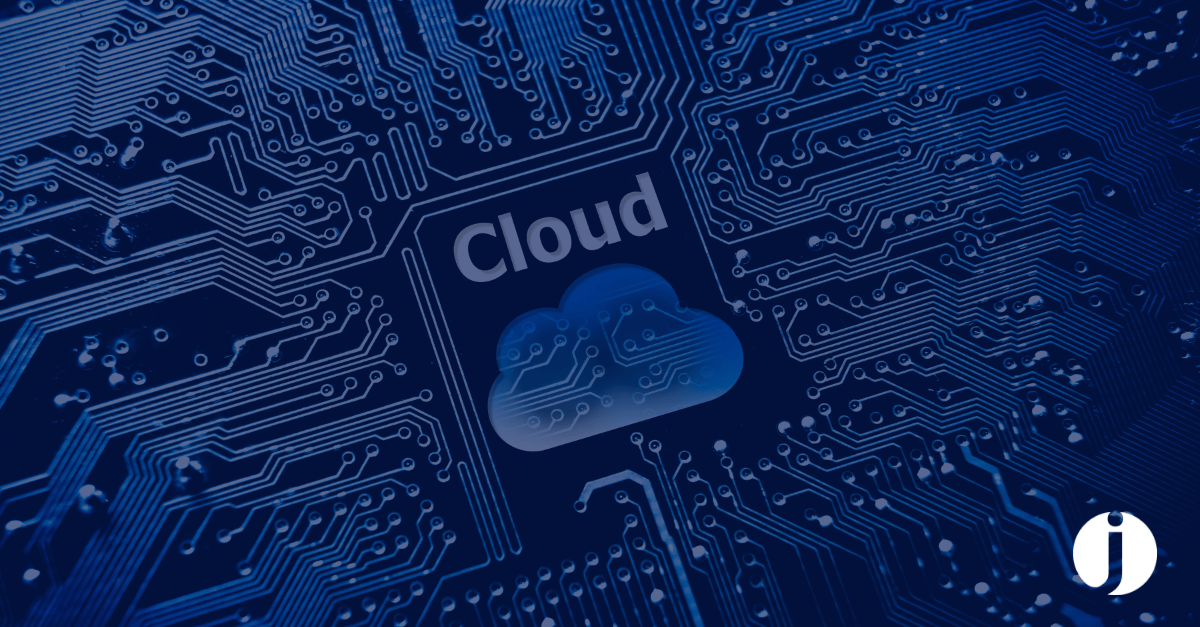
HOW EASY IS IT TO MIGRATE TO A NEW SOFTWARE SYSTEM?
01/07/2024
The past decade has been a whirlwind of technological advancement. Software, once clunky and limited, has morphed into a powerful engine driving businesses of all sizes. But how many companies can truly say their current software reflects that evolution? Many SMEs, especially, find themselves clinging to the same system they implemented when they first opened their doors or inherited a system that’s been in place since way before their start date.
This software, while familiar, might be holding you back. Imagine trying to navigate the modern digital world with a flip phone. Maybe it "gets the job done," but its limitations are undeniable. So why are you still finding workarounds and “making it work”?
For many companies, especially SMEs, the question often boils down to: "Is it worth the hassle to migrate?"
The Migration Reality Check
Before we get into it, it’s always worth having a quick reality check… Migrating to a new software isn't a one-click switch; it's a well-defined journey with multiple stages. Think of it like planning a holiday – you wouldn't just jump into your car and hope for the best, right? There's research, packing, and a route to follow. Similarly, migrating your software involves careful planning, data transfer, system testing, and finally, a smooth go-live launch.
However, the ease of your "migration journey" is not a one-size-fits-all experience. Factors like the size and complexity of your current system, the programming language it's built on, and the sheer volume of data you have can all impact the migration process.
How Easy is the Migration Process?
While the concept of migrating software might seem straightforward, the process itself can vary greatly in complexity. The ease of migration depends on several factors, including the amount of data to be transferred, the structure of the old system, and the technical expertise required to navigate its legacy architecture. Imagine an engineer having to decipher a 20-year-old code base written in a bygone language – that's the reality of some system migrations! This is where experienced software specialists come in. They can act as your guide through the maze (or they can walk it for you), simplifying the process in several key ways.
Firstly, their expertise in planning and strategy allows them to develop a clear roadmap for the migration, minimising disruption to your business and ensuring a smooth transition. They also possess the data expertise necessary to ensure a secure and accurate transfer, avoiding pitfalls like data loss or corruption. Additionally, specialists rigorously test the new system and provide comprehensive training for users, promoting increased user adoption.
The benefits of working with a professional migration team are clear. They can significantly reduce downtime during the process, improve the accuracy of the data transfer, and facilitate a successful user transition through proper training and support. In short, while the migration itself might have its complexities, a skilled team can make the journey smoother and less expensive in the long run.
Factors Affecting Migration Timelines (Even with Experts On Board)
We’ve said this before, but the migration process doesn't happen overnight. Even with experts on your side, several factors can influence the timeline. Here's what to consider:
- How complex is your current system? Legacy systems with tangled data structures, extensive customisations or out-of-date programming languages require more time to understand, potentially extending the migration time.
- How much data needs to be moved? The sheer amount of information you need to transfer plays a significant role. When migrating an entire legacy system to a cloud-based system for example we will be working on a much larger scale than this. But, to keep the numbers simple, migrating a terabyte of data will take longer than a few gigabytes.
- How complex are your current processes? Highly customised new systems might necessitate additional development to perfectly fit your needs, adding time to the overall process.
- Are you moving to an entirely new system or are you looking to integrate with your existing software? Integrating the new system with your existing software landscape can introduce complexity and potentially lengthen the timeline.
Average Migration Timeframes (A Guide, Not A Guarantee)
It's important to understand that there's no one-size-fits-all answer to migration timelines.
The factors mentioned above all play a role in determining the specific timeframe for your project. However, to give you a general idea, simpler cloud migrations can be completed relatively quickly over a couple of weeks. While complex enterprise system migrations involving legacy systems and extensive integrations may take considerably longer - we’re looking at a few weeks to months.
One thing to note is that these estimated time frames are all based on us being provided with a copy of the data or being able to connect with your previous platform.
Conclusion
Migrating to a new software system can be a daunting task, but with expert guidance, it can be achieved efficiently. Remember, a well-defined plan and choosing an experienced migration partner are your best bets for a smooth transition. While there will be challenges, the long-term benefits of a modern and improved software system far outweigh the initial hurdles. Approach migration realistically, but don't let fear hold you back. With proper planning and support, it can be a successful journey towards a more efficient and effective way of working.
Back